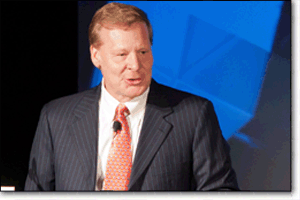- Home
-
News
- Back to parent navigation item
- News
- National Compliance Officer Day 2025
- Accounting & Auditing
- AI
- AML
- Anti-Bribery
- Best Practices
- Boards & Shareholders
- Cryptocurrency and Digital Assets
- Culture
- ESG/Social Responsibility
- Ethics & Culture
- Europe
- Financial Services
- Internal Controls
- Regulatory Enforcement
- Regulatory Policy
- Risk Management
- Sanctions
- Surveys & Benchmarking
- Supply Chain
- Third Party Risk
- Whistleblowers
- Opinion
- Benchmarking
- Certification
- Events
- Research
- Awards
-
CW Connect
- Back to parent navigation item
- CW Connect
- Sign In
- Apply
- Membership
THIS IS MEMBERS-ONLY CONTENT
You are not logged in and do not have access to members-only content.
If you are already a registered user or a member, SIGN IN now.
Related articles
-

-
 Opinion
OpinionMisused and abused: What the President’s pardon power would do to your compliance team
2025-12-22T19:35:00Z By Jaclyn Jaeger
President Donald Trump’s unprecedented misuse and abuse of a pardon power that dates back 250 years serves as a real-world scenario of what can happen when a system of checks-and-balances – like, say, a corporate ethics and compliance program – is upended by a tyrannical executive.
-
 Webcast
WebcastCPE Webcast: Hot Topics in Risk and Compliance: AI, Analytics, and Emerging Audit Technologies
2025-12-16T14:00:00Z Provided by Workiva
Join experts from KPMG, Cisco, and Workiva as they explore how audit, accounting, and finance professionals can leverage a technology mix of data analytics, gen AI, and other tools to ramp up efficiency and strengthen control effectiveness.
- Terms and Conditions
- Privacy Policy
- Do Not Sell My Info
- © 2025 Compliance Week
Site powered by Webvision Cloud







